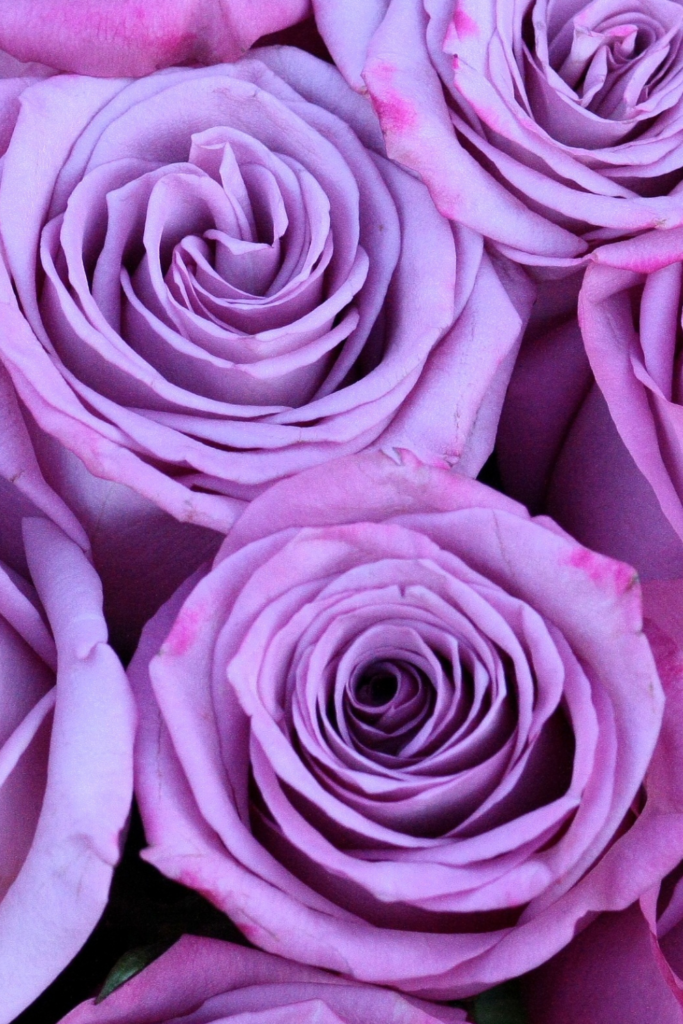The Allure of Purple: A Journey Through Fashion
Purple, a color often associated with royalty, luxury, and mysticism, has a long and fascinating history in the world of fashion. From ancient times to contemporary runways, purple has captivated designers and fashion enthusiasts alike. Its rich hues and diverse shades make it a versatile and enduring choice in the fashion industry.

Historical Significance
The history of purple in fashion dates back to antiquity. In ancient civilizations such as Phoenicia, purple dye was extracted from the murex snail, making it extremely rare and expensive. This exclusivity led to purple being worn primarily by royalty and the elite, a trend that continued through the Roman Empire and the Byzantine period. The color became a symbol of power and prestige, often reserved for emperors and high-ranking officials.
During the Renaissance, purple maintained its regal connotations. European monarchs, such as Queen Elizabeth I of England, adopted the color to signify their sovereignty and wealth. Sumptuary laws even restricted the use of purple to the nobility, further cementing its association with luxury and exclusivity.
Purple in Modern Fashion
In contemporary fashion, purple has transcended its historical roots to become a color embraced by all. Its versatility allows it to be both a bold statement and a subtle accent, depending on the shade and context.
Runway to Retail
Designers frequently incorporate purple into their collections, experimenting with various tones from soft lavender to deep plum. Iconic fashion houses such as Versace, Gucci, and Balenciaga have showcased stunning purple ensembles, making it a staple on the catwalk. The color’s ability to convey both sophistication and playfulness ensures its presence in seasonal trends year after year.
Street Style and Everyday Wear
Purple’s appeal is not confined to high fashion. Street style has embraced the color, with influencers and fashion-forward individuals incorporating purple pieces into their daily wardrobes. From purple sneakers to lilac dresses, the color is celebrated for its ability to add a pop of interest to any outfit. Accessories like handbags, scarves, and jewelry in various shades of purple also offer an easy way to incorporate the color into everyday looks.
Symbolism and Psychology
The psychological impact of purple adds to its allure. Often associated with creativity, wisdom, and mystery, wearing purple can evoke a sense of confidence and individuality. Lighter shades like lavender are known for their calming effects, while deeper hues like violet can create a sense of drama and opulence.
Seasonal Trends
Purple’s versatility makes it suitable for all seasons. In spring and summer, pastel shades like lilac and mauve dominate, bringing a fresh and delicate touch to fashion. These lighter tones are perfect for flowing dresses, light blouses, and casual wear. In contrast, autumn and winter fashion often sees the resurgence of rich purples like aubergine and plum, adding warmth and depth to cold-weather wardrobes. These darker shades are ideal for cozy sweaters, elegant coats, and evening wear.
The Future of Purple in Fashion
As fashion continues to evolve, purple remains a color that defies trends and transcends time. Its ability to adapt to different styles and eras ensures that it will remain a favorite among designers and consumers alike. The future of purple in fashion looks bright, with sustainable and innovative dyeing techniques making the color more accessible and environmentally friendly.
In conclusion, purple’s journey through fashion is a testament to its enduring appeal and versatility. From ancient royalty to modern street style, the color purple continues to enchant and inspire, solidifying its place as a timeless and essential element in the world of fashion.

